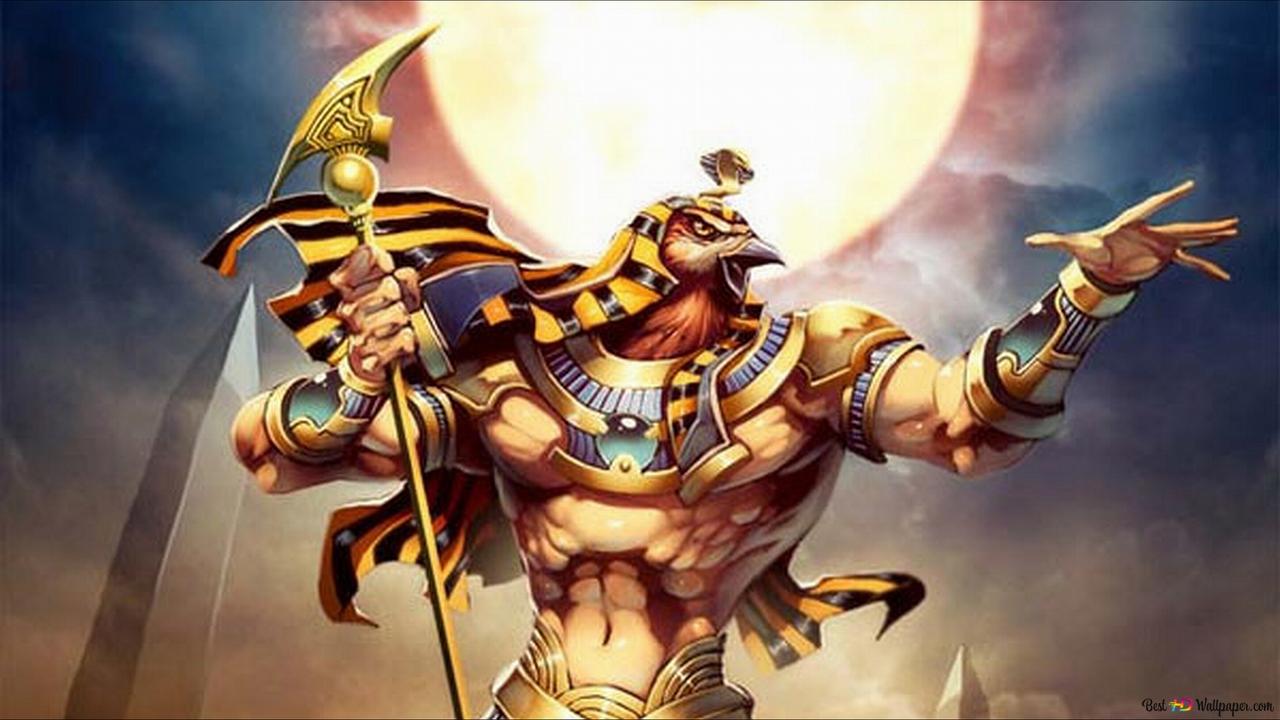
when Horror Yearbook – Horus stands as one of the most significant deities in ancient Egyptian mythology. Often depicted with the head of a falcon and the body of a man, Horus symbolizes kingship, the sky, and protection. Ancient Egyptians believed that Horus was the son of Osiris and Isis, making his story deeply intertwined with themes of life, death, and rebirth. Horus’ mythological battles against Set, the god of chaos, highlight the eternal fight between order and disorder. His legendary eye, known as the Eye of Horus, became a powerful symbol of healing and protection. This divine eye was believed to ward off evil and bring good fortune. Horus’ influence extended beyond myth, impacting the way pharaohs ruled and how ancient Egyptians understood the cosmos.
Horus’ battle with Set is one of the most famous stories in Egyptian mythology and reveals much about ancient beliefs concerning power and justice. This legendary conflict started after Set killed Osiris, Horus’ father, igniting a fierce rivalry for the throne of Egypt. Horus fought Set for many years, engaging in multiple confrontations that tested his strength, wit, and resolve. Horus was revered as a symbol of rightful kingship, and his eventual victory over Set represented the triumph of order over chaos. This battle also explained natural phenomena such as the flooding of the Nile, which ancient Egyptians connected with the struggle of these gods. The story of Horus and Set remains a powerful metaphor for overcoming adversity and restoring balance to the world.
“Read about: The Legend of Anubis: Discover the Truth About Egypt’s Fearsome God of Death”
The Eye of this ancient god ranks among the most famous symbols from ancient Egypt and holds deep spiritual meaning. Myths tell that the deity lost an eye during a fierce battle with Set, and the god Thoth restored the eye through magic. This restored eye stands for healing, protection, and renewal. People used the Eye as an amulet to protect themselves from evil spirits and to invite health and prosperity. Egyptian artists and jewelers often featured this eye, showing its importance in daily life and spiritual rituals. The eye also symbolizes sacrifice and renewal, reflecting the god’s story. Today, many admire the Eye as a popular symbol in modern culture for its beauty and powerful meaning.
This ancient deity played a key role in making pharaohs divine rulers on Earth. Ancient Egyptians believed pharaohs embodied this god in life. This connection gave pharaohs the right to rule with divine authority. Pharaohs maintained Ma’at, the cosmic order and justice, during their reigns. Each pharaoh’s rule continued the deity’s leadership on Earth. Rituals highlighted this divine link to keep stability and prosperity. Temples dedicated to this god acted as centers for worship and political power. The deity’s importance in governance was clearly shown through these temples. Images of this god appeared on crowns, jewelry, and monuments. These symbols represented the pharaoh’s protection and rightful claim to the throne.
“Read more: Unlock Perfect Sleep Tonight: The Relaxing Exercise Trick You Never Knew!”
The legacy of this ancient god has endured for thousands of years and continues to fascinate people worldwide. Its symbols, especially the famous eye, appear in art, fashion, and even tattoos as icons of protection and power. Scholars and enthusiasts study these myths to better understand ancient Egyptian culture and spirituality. The story has influenced literature, movies, and video games, often portraying a heroic figure who battles evil forces. The timeless themes of this mythology resonate with modern audiences, inspiring reflections on justice, resilience, and transformation. As one of the most captivating deities in mythology, this figure bridges the ancient and modern worlds, reminding us of the power of legend and belief.